P.1. : G.657 fiber, also known as bend-insensitive fiber, is thinner than conventional telephone cables and is used for FTTH entry points. Without G.657 fiber, FTTH would not have been deployed on a large scale. G.657 fiber is divided into several subcategories, with G.657A2 being the most commonly used currently.
G.652 fiber is the most widely used optical fiber in metropolitan area networks. Except for FTTH drop cables, nearly all other communication cables in metro networks are essentially G.652 fiber. G.652 fiber is divided into four subcategories, with G.652D being the most prevalent currently.
P.2.: How does the bend resistance of G.657A2 fiber compare to G.652D fiber?
Minimum Bend Radius of G.657 and G.652 Fibers?
According to relevant standards, the recommended minimum bend radius for G.657A2 fiber is 7.5mm, while for G.652 fiber it is no less than 30mm. However, the definitions of minimum bend radius are completely different for these two fiber types.
For G.657A2 fiber, the minimum bend radius means: when loosely coiled at a 7.5mm radius, the additional attenuation measured at 1550nm/1625nm shall not exceed 0.5dB/1.0dB respectively.
For G.652D fiber, the minimum bend radius means: when loosely coiled in 100 turns at a 30mm radius, the additional attenuation measured at 1625nm shall not exceed 0.1dB.
Additional loss caused by fiber bending at radii much larger than its diameter is called macrobend loss. Clearly, the minimum bend radii of G.657A2 and G.652D fibers are not comparable.
P.3.: Bend Resistance Measurement of G.657 and G.652 Fibers
During FTTH drop cable installation, to facilitate termination, installers often coil FTTH drop cables inside distribution boxes and ONTs (commonly called “optical modems”). The pigtails inside are G.652D fiber, while the fiber inside FTTH drop cables is G.657A2.
Since pigtails and drop cables experience the same installation environment and have comparable dimensions (pigtail diameter 2.0mm, drop cable minor/major axis diameters 2.0mm/3.0mm), comparing their bend resistance better reflects the actual performance difference between G.652D and G.657A2 fibers.
Since macrobend loss in ODN is mainly affected by downstream wavelength, only additional loss at 1490nm wavelength was tested for pigtails and drop cables at different bend radii. When bending pigtails (G.652D) at small radii, the drop cables (G.657A2) demonstrate superior bend resistance.
P.4.: Conclusions and Recommendations
Due to the significant difference in bend resistance between G.657 and G.652 fibers, and because pigtails themselves are relatively soft and prone to small-radius bending (with failure rates up to 50%), it is not recommended to use pigtails for FTTH drop cable termination. Pre-terminated butterfly drop cables (as shown in the figure below) are recommended for installation and termination.
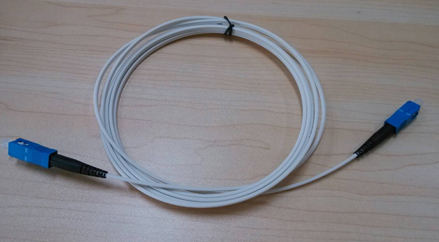

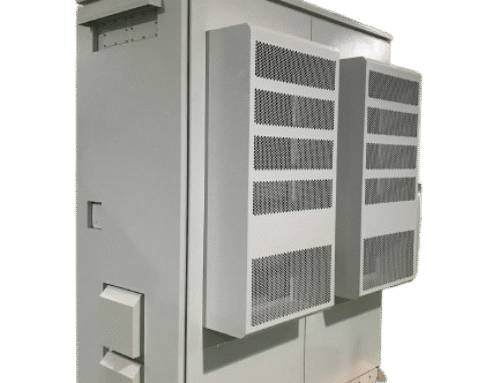
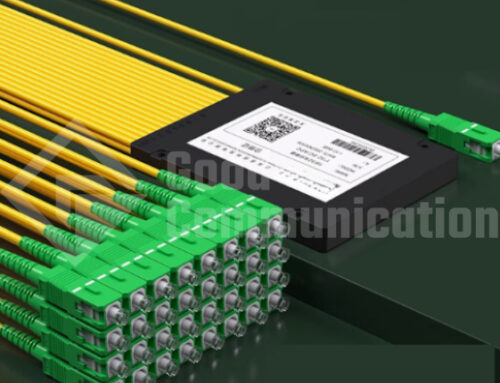
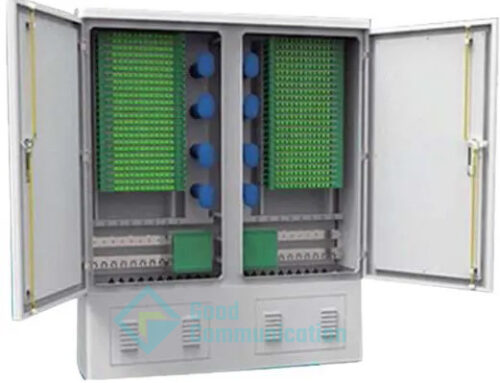
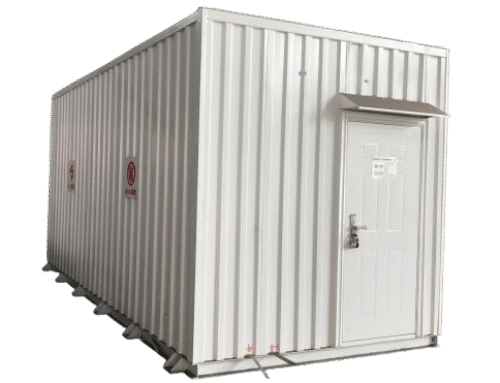
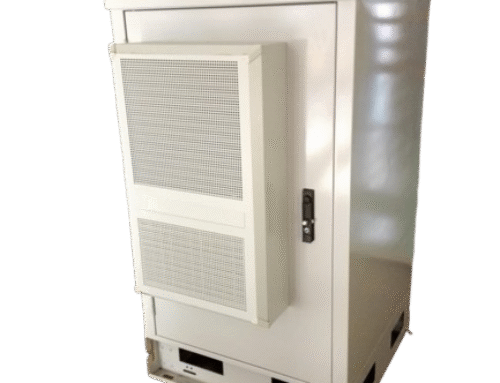
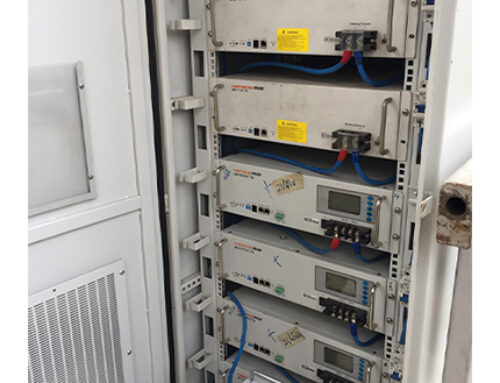
Leave A Comment